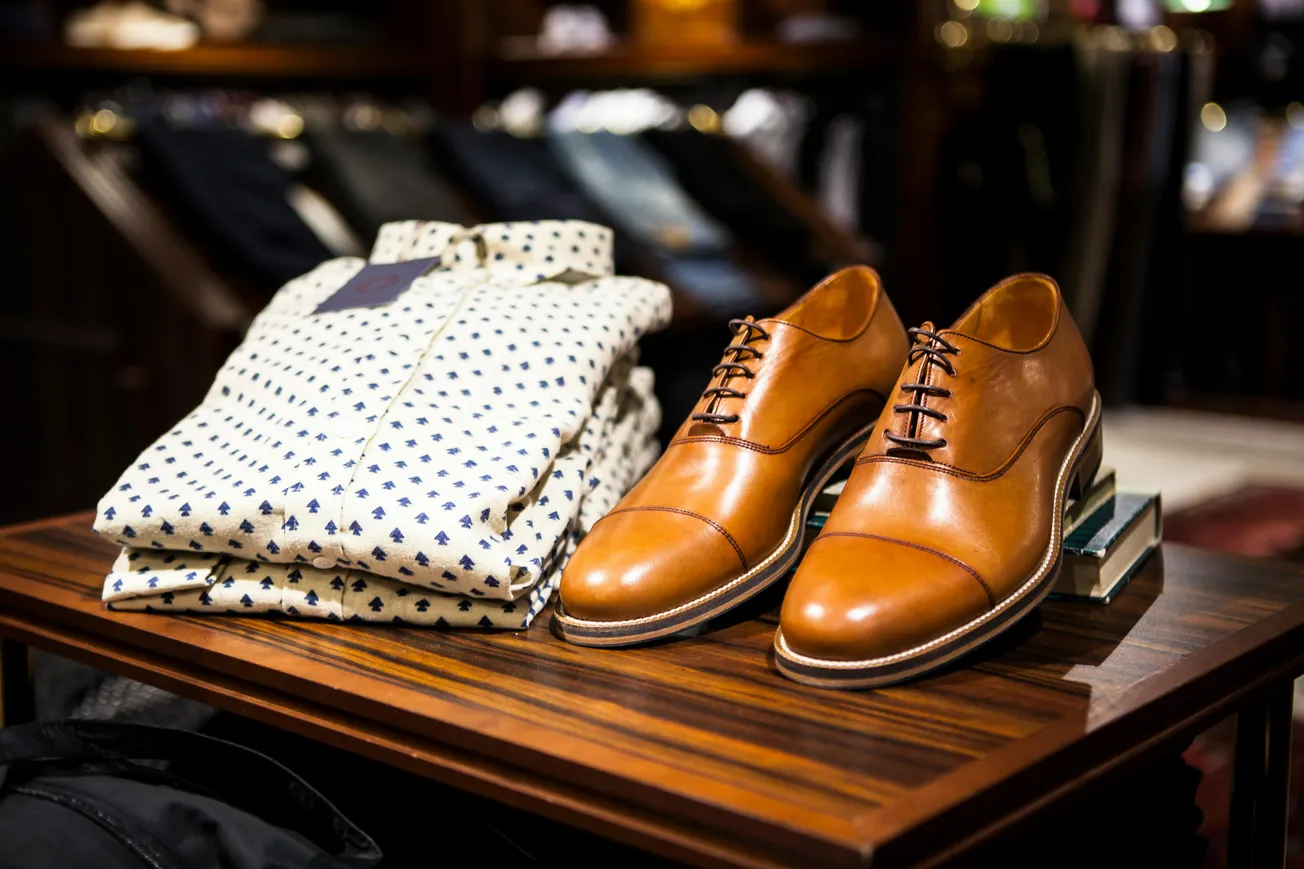In a world where personal expression is often tied to aesthetic choices, the emergence of the ‘ugly cute’ trend signifies a vital cultural shift among China’s younger generation. This movement allows them to embrace vulnerability and complexity in their identities through unconventional design.
As the sentiment of perfection fades, the ‘ugly cute’ aesthetic emerges as a beacon of authenticity, offering young consumers a unique permission to explore and express their true selves. This trend's significance extends beyond mere fashion; it captures a broader psychological need for relatability and emotional connection among Gen Z and Millennials.
The Psychology Behind Ugly Cute
According to Ashley Dudarenok, a leading commentator on lifestyle trends, products that embody an ‘ugly cute’ aesthetic resonate deeply with the youth’s desire for personal connection. These items serve as companions, reflecting the complexity of human emotions and supporting their journey through uncertainty.
Market Implications
Brands tapping into this trend can create compelling narratives around imperfection, attracting younger consumers seeking depth over superficiality.
These products often blend whimsical designs with a backstory, encouraging consumers to form an emotional attachment. Companies that successfully harness this narrative can cultivate brand loyalty and engage in meaningful conversations around identity.
Examples in the Market
From fashion to home decor, ‘ugly cute’ products are making waves across various sectors. Brands are increasingly integrating quirky elements into their offerings, aiming to allure the youth demographic.
For instance, various companies are launching collections that challenge traditional beauty standards, promoting diversity and individuality through design.
What’s Next?
As brands explore this trend further, it’s crucial to create products that genuinely resonate with the emotions of their intended audiences. The ‘ugly cute’ aesthetic represents more than just a design choice; it’s a cultural commentary and an invitation for consumers to embrace the imperfect parts of themselves.
Companies that prioritize authentic connections and storytelling will likely secure a stronger foothold in the evolving market landscape.
Ultimately, ‘ugly cute’ is not just a passing fad; it reflects a significant shift in how younger generations want to interact with the world around them. By aligning product offerings with these values, brands can not only capture attention but also foster deeper consumer relationships.









